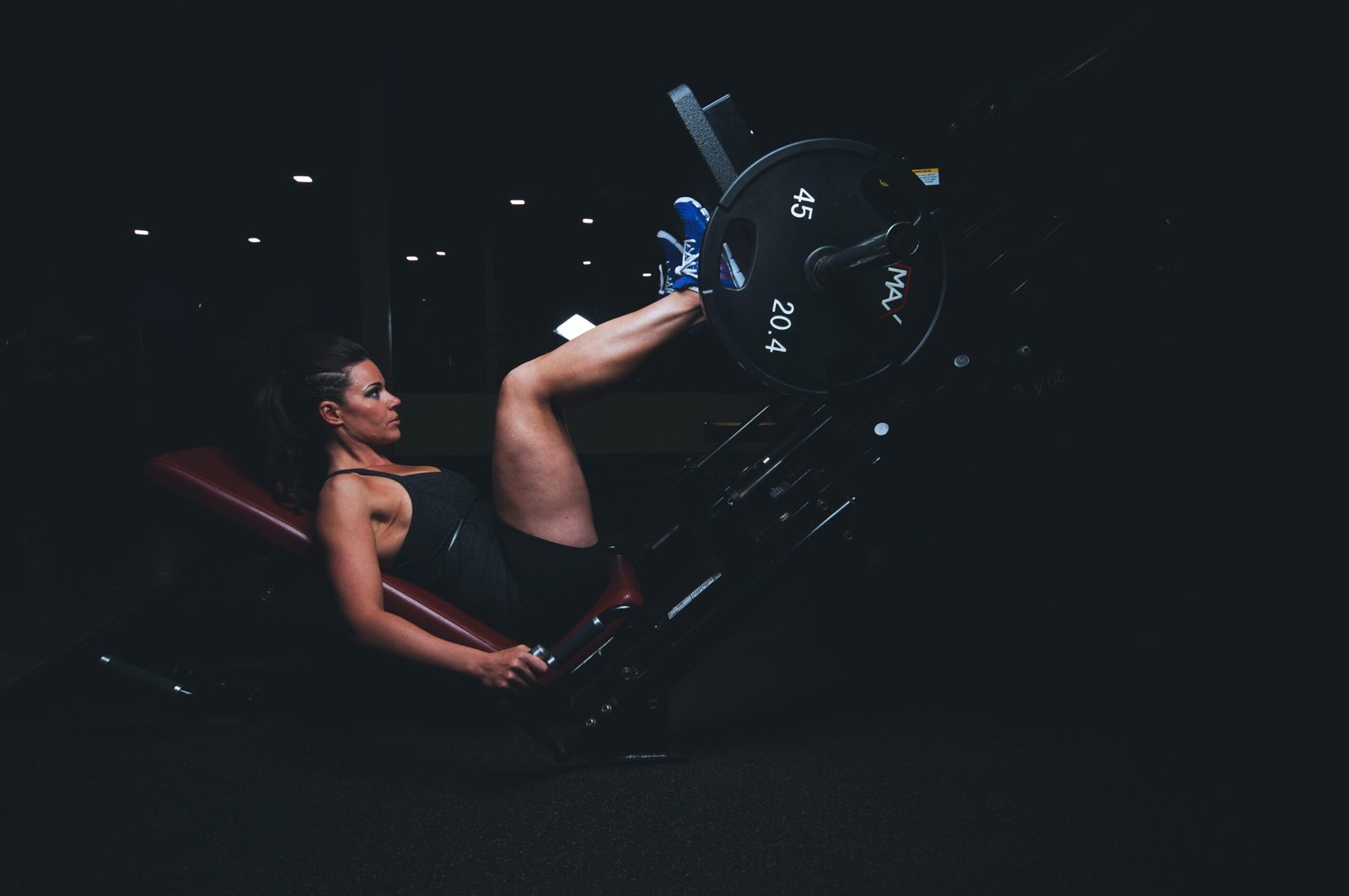
The Art of Foot Placement in the Leg Press: A Guide to Optimal Muscle Engagement and Safety
The leg press machine stands as a cornerstone of lower body strength training, offering the potential to target various muscles in the legs, from the quads to the glutes and hamstrings. However, harnessing its full potential hinges on understanding and implementing proper foot placement. This seemingly small detail can significantly impact muscle engagement, workout effectiveness, and even safety. Let’s delve into the nuances of foot placement in the leg press, providing insights into how to achieve optimal results while minimizing the risk of injury.
Understanding the Leg Press Machine
The leg press machine allows you to replicate the motion of a squat or lunge in a controlled and supported manner. Unlike free-weight squats, the leg press isolates the lower body muscles, making it a suitable option for targeting specific muscle groups without requiring as much stabilization.
Importance of Proper Foot Placement
Proper foot placement is a pivotal factor in maximizing the benefits of the leg press exercise. It directly influences the muscles targeted, the overall load distribution, and the biomechanics of the movement. Here’s why it matters:
- Muscle Engagement: Different foot positions on the leg press target different muscle groups. Adjusting foot placement can emphasize the quads, hamstrings, or glutes to varying degrees.
- Stability and Safety: Correct foot positioning enhances stability during the movement, reducing the risk of straining or injuring joints and muscles.
- Optimal Range of Motion: Proper foot placement ensures a full range of motion, allowing the muscles to stretch and contract effectively, promoting muscle growth and flexibility.
Foot Placement Variations
- High Foot Placement (Quad Emphasis): Placing your feet high on the footplate, near the top edge, targets the quadriceps. This position emphasizes the front of the thighs, replicating the mechanics of a traditional squat. It’s great for building quad strength and size.
- Mid Foot Placement (Balanced Engagement): Positioning your feet in the middle of the footplate creates a balance between quad and glute/hamstring engagement. This is a versatile option suitable for overall lower body development.
- Low Foot Placement (Glute and Hamstring Emphasis): Placing your feet lower on the footplate, near the bottom edge, shifts the focus to the glutes and hamstrings. This position mimics a leg press variation of a hip thrust, making it effective for targeting the posterior chain.
Proper Foot Placement Technique
- Initial Setup: Sit on the leg press machine and position your feet hip-width apart on the footplate. Your knees should be aligned with your ankles.
- Feet Positioning: Depending on your desired emphasis (quads, balanced, or glutes/hamstrings), adjust your foot placement accordingly. Ensure your feet are stable and comfortable.
- Knee Alignment: As you perform the press, ensure that your knees track in line with your toes, preventing any inward or outward movement that could strain the knees.
- Range of Motion: Lower the weight until your knees are at a 90-degree angle or slightly less. Avoid locking out your knees at the top of the movement to maintain tension on the muscles.
Tips for Safety and Effectiveness
- Start Light: Begin with a moderate weight to get accustomed to the chosen foot placement and to ensure your form is correct.
- Maintain Core Engagement: Keep your core tight throughout the movement to stabilize your spine and pelvis.
- Breathe Properly: Inhale as you lower the weight and exhale as you push the weight away. Breathing rhythmically can help you maintain control and prevent unnecessary strain.
- Gradual Progression: Gradually increase the weight as your strength improves. Avoid making drastic jumps that could compromise your form.
The Last Word
The leg press machine, when used correctly, can be a powerful tool in your lower body strength training arsenal. Mastering the art of foot placement can make a significant difference in muscle engagement, workout efficiency, and safety. By understanding the various foot placement options and tailoring your approach to your fitness goals, you can unlock the full potential of the leg press and take strides toward achieving a well-rounded and strong lower body. Remember, while foot placement is crucial, maintaining proper form and safety should always remain your top priorities.

